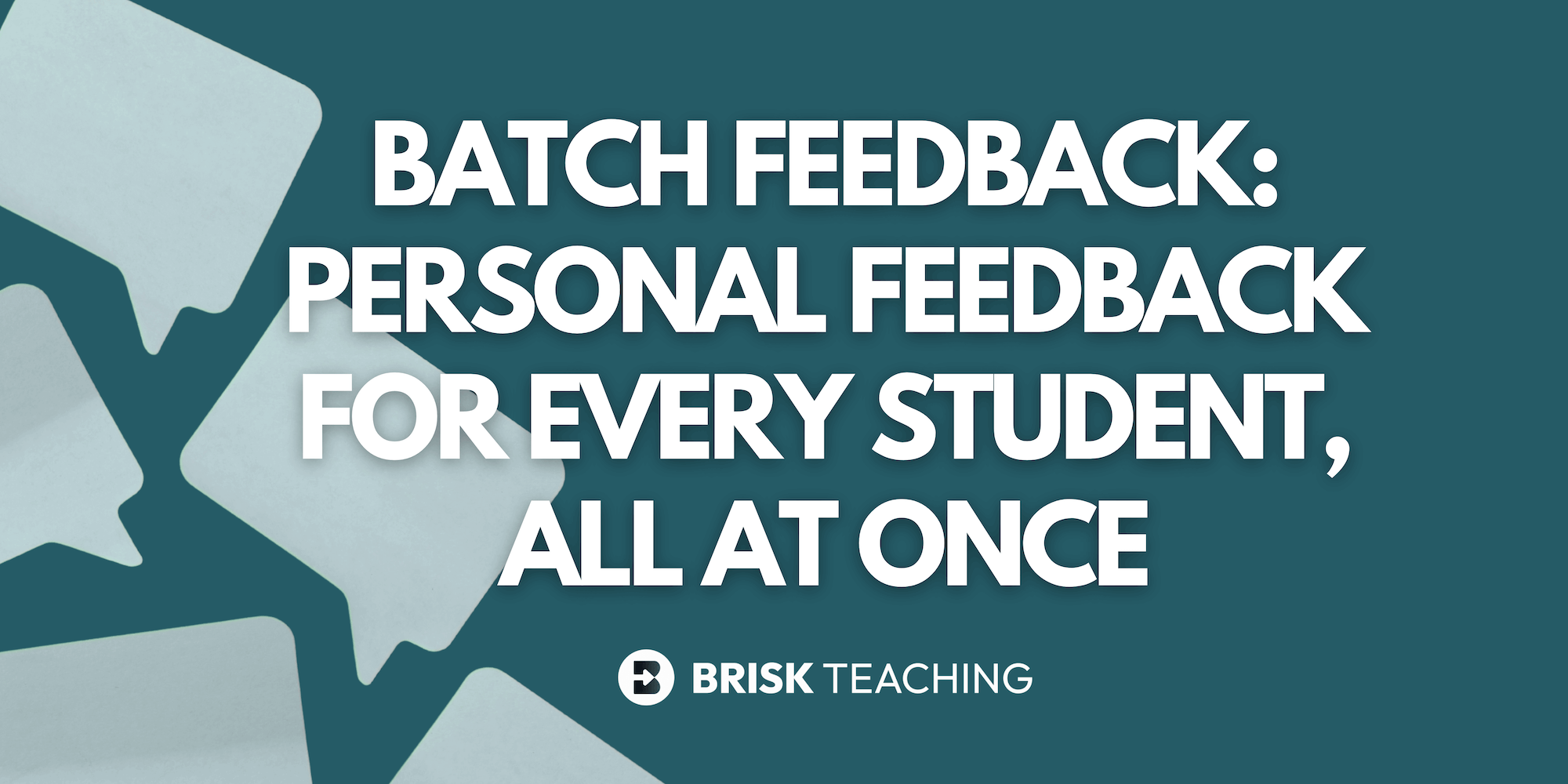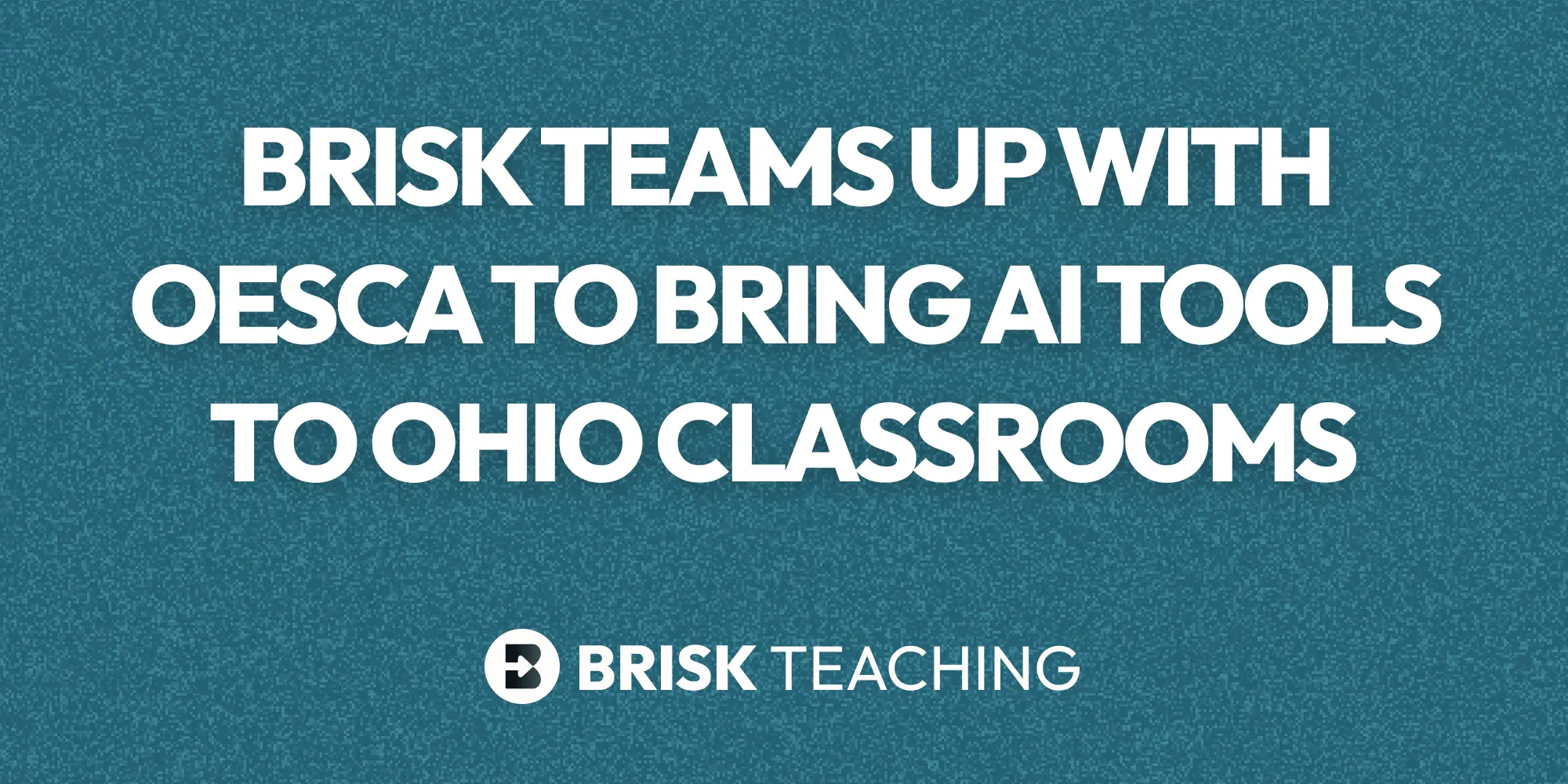No matter the age, every student enters the year with questions, anticipation, and likely a little hesitation about what the day or year will hold. Icebreakers and get-to-know-you activities help create a welcoming environment and provide immediate opportunities for success through conversation and peer interaction.
And they’re not just for day one! Consider adding an icebreaker activity anytime you need a reset in the routine or a community boost, such as:
- When rosters change at quarters or semesters
- When new students enroll mid-year
- After long breaks or vacations
- Anytime you want to build stronger classroom relationships
When students regularly practice introductions, conversation, and teamwork in a low-stakes, supportive environment, they learn that there’s always something new to discover about their peers. This positively stretches their comfort zones and helps create a place where everyone feels welcome and supported.
As you welcome your students to class, try these engaging strategies that help match names with faces and make the learning environment feel more welcoming.
15 Fun & Interactive Icebreakers for Kids
Stand Up, Sit Down If…
Generate a list of fun facts and unique statements and call out each one, such as “I love pizza” or “I’m a Harry Potter fan.” Students will sit down if the statement does NOT apply, and stand up if it DOES - all while finding out what they have in common. Another variation on this game is the phrase “Never have I ever…” with teacher-generated prompts.
Ball Toss
Grab a soft ball, stuffed toy, or even a pillow. Students introduce themselves by saying their name, then toss the object to a peer while repeating their name. This simple game helps build memory, matches faces with names, and enables everyone, including the teacher, to practice quickly. (Feel free to repeat this activity for the first few days as reinforcement!)
Two Truths and a Lie
Give students a few minutes to think of two true statements and one false statement about themselves. Give parameters as needed, such as a category like travel, books, movies, favorite foods, and more. In pairs or groups, they share their three “facts” while classmates guess the lie.
Bingo Sheet
Instead of numbers and chips, use bingo sheets with prompts like “Find someone who has a pet” or “Find someone who plays an instrument.” Students walk around and collect names for each square to get 5 in a row, or complete the whole sheet. For added challenge, require unique names in each box so they meet more classmates.
Charades
This is a movement-based approach that encourages students to work in teams and have fun while doing so. Divide the class into two teams. Each team takes turns acting out simple prompts (like brushing teeth, basketball, or animals) to try to win a point before time runs out! Vary the difficulty from early childhood grades up through high school, with simple ideas all the way to content-based vocabulary.
Give One, Get One
This is a simple way to learn a new fact about everyone in the room! Students can prepare their answer to a simple fact-based question, such as “name a hobby” or “favorite book from last year.” They then pair up, share their answer (give one), and write something they learned from their partner (get one). Keep rotating until the time is up!
Marshmallow Tower
Give small groups of students a handful of marshmallows and either toothpicks or uncooked spaghetti noodles, and an objective. This activity encourages collaboration, creativity, and plenty of laughs. Watch them brainstorm to build the tallest, freestanding tower, the most unique design, and more!
Gallery Walks
Break the ice through observation with gallery walks! Students display something they’ve created, like an “About Me” poster, a decorated nameplate, or even a simple drawing. Classmates walk around to observe and leave sticky notes with encouraging comments like “I like…” or “That’s cool because…” This turns introductions into positive feedback for each student.
Silent Line-Up
Give students a challenge to complete - no speaking allowed! Watch how students innovate to communicate and problem-solve within a time limit.
Ideas for the challenge include:
- Line up by height
- Organize by birthdate
- Arrange by clothing colors
Show and Tell
An elementary favorite, but let’s not forget the big kiddos, too! No need to prepare in advance - students can grab something from their backpack or share a favorite photo (even on a phone). The key is not just showing, but also telling: ask students to explain what it means to them and why.
Who Am I?
This classic game gets students talking and guessing with a fun-filled objective. Teachers generate a list of animals, book or movie characters, historical figures, and more, and have students place a sticky note with a randomized topic or name on their backs (no peeking!). They’ll circulate and ask “yes or no” questions until they guess their identity. The first one to guess correctly wins the round!
4 Corners…and Chat!
Label the four corners of the classroom with letters or numbers. Ask questions with four possible answers, and students walk to their choice. Most importantly, give students a minute to chat with peers who chose similarly in their corner about why they chose it.
Desert Island
Start with the setup: “If you were stranded on a desert island, what three items would you bring and why?” Students can discuss in small groups or share as a class. This activity encourages creativity and often leads to funny and memorable responses.
Interview Game
Pair or group students with teacher-generated, guiding interview questions and give them a timer to ask each other. To take it a step further, have students take turns introducing their peers to the class from what they learned!
Scavenger Hunt
Pair students up or have them work in small teams to find specific items around the classroom or school. Students can explore the room, building, or even start flipping through classroom resources. Get them talking and partnering on the hunt together to discover more of what the year holds!
Tips for Making Icebreakers Fun and Inclusive
- Keep the getting-to-know-you activities simple. This ensures that everyone can participate without overthinking or spending too long coming up with clever responses.
- Keep it light and fun with open-ended prompts. Avoid isolating or overly personal questions.
- Choose the right get-to-know-you activity for your group size and grade. For larger classes, encourage more conversations with smaller groups. And vice versa, a small class might benefit from a whole-group activity!
- Support diverse learners. Use sentence stems or visuals where needed.
- Make it low-risk. Keep the focus on fun, not competition.
- Set clear expectations. Have a quick chat to ensure activities stay school-appropriate and on task.
- Most of these activities require a set of prepared prompts or questions. Instead of creating them from scratch, use Brisk’s Create Anything tool. With Brisk, teachers can turn almost anything into a ready-to-use activity in minutes. Try generating tailored interview prompts or discussion questions instantly and customize them for your students!
Keep the Connection Going
The ultimate goal of icebreakers is simple: get students talking, moving, and interacting. If they’re doing that, it’s a win for everyone.
Don’t stop after day one! Sprinkle in an icebreaker for the first few weeks, after holidays and breaks, or anytime your roster changes. With consistency, these activities can encourage ongoing connection beyond the first day and help your students feel connected, comfortable, and ready to learn together.
Get started with Brisk to generate and customize your own icebreakers in seconds.
.svg)







